How to maintain compost over winter – 5 expert ways to keep it nutrient-rich and in top condition
Find out how to maintain your compost during the colder months

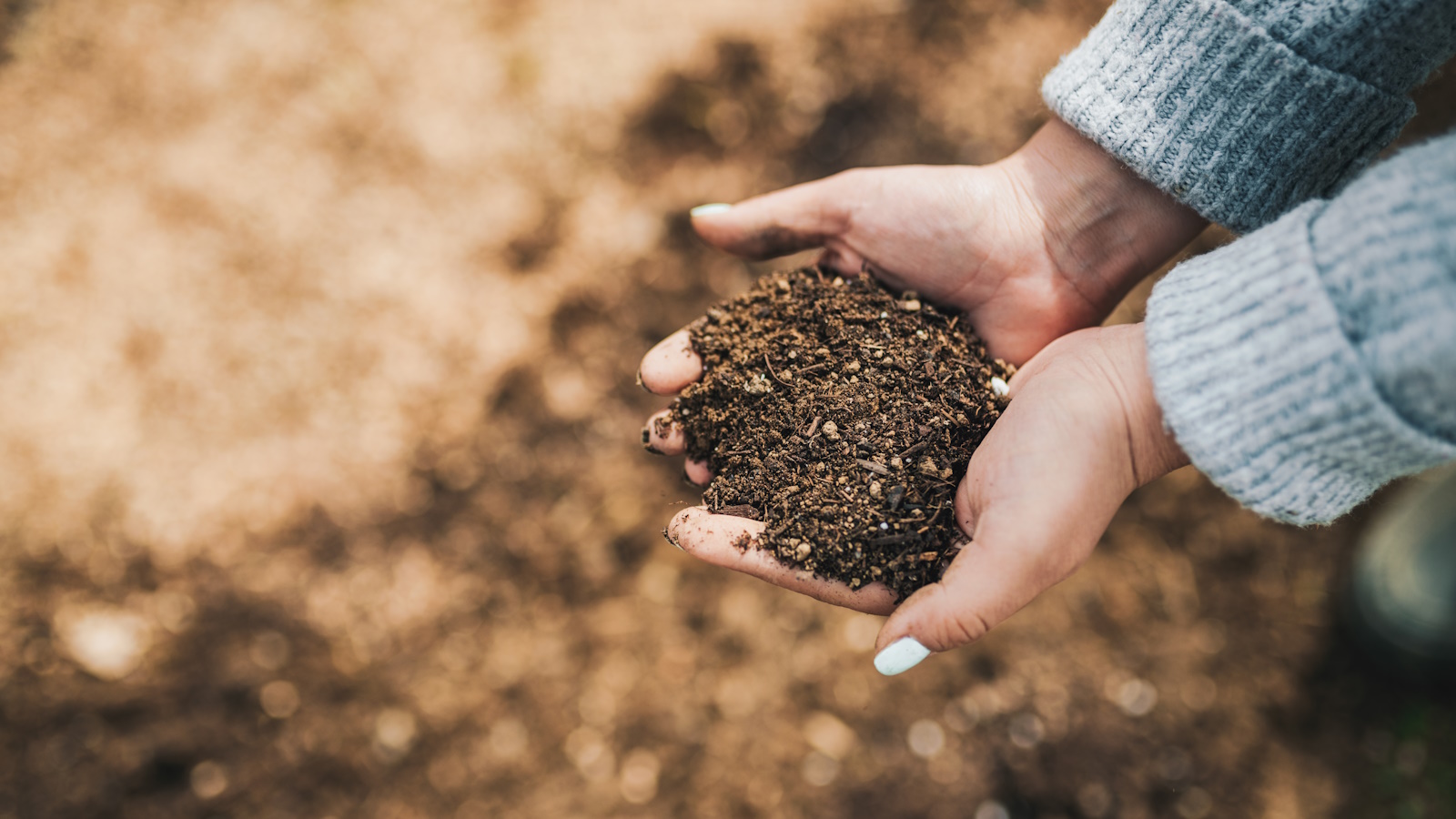
Compost helps build healthier soil, improve plant growth and conserve water, making it a very useful resource to have for your outdoor garden plants and vegetables. By using compost, you are returning organic material and nutrients back to the soil that can be immediately used by the plants and vegetables.
It is handy to know how to make your own compost as a way of achieving your sustainable gardening goals. Ideally, compost should be put to use right away, because its chances of losing nutrients increase with storage time. However, by paying it a bit of attention, compost can be stored for the next season
As the winter chill sets in, many gardeners wonder about the fate of their compost piles. A simple yet effective strategy to maintain your compost will help sustain it throughout the seasonal challenges of winter.

How to maintain compost over winter
Winter composting can be challenging. Despite there being many potential composting mistakes, with the right strategies it is possible and highly beneficial to maintain your compost until the following season.
Balance ingredients
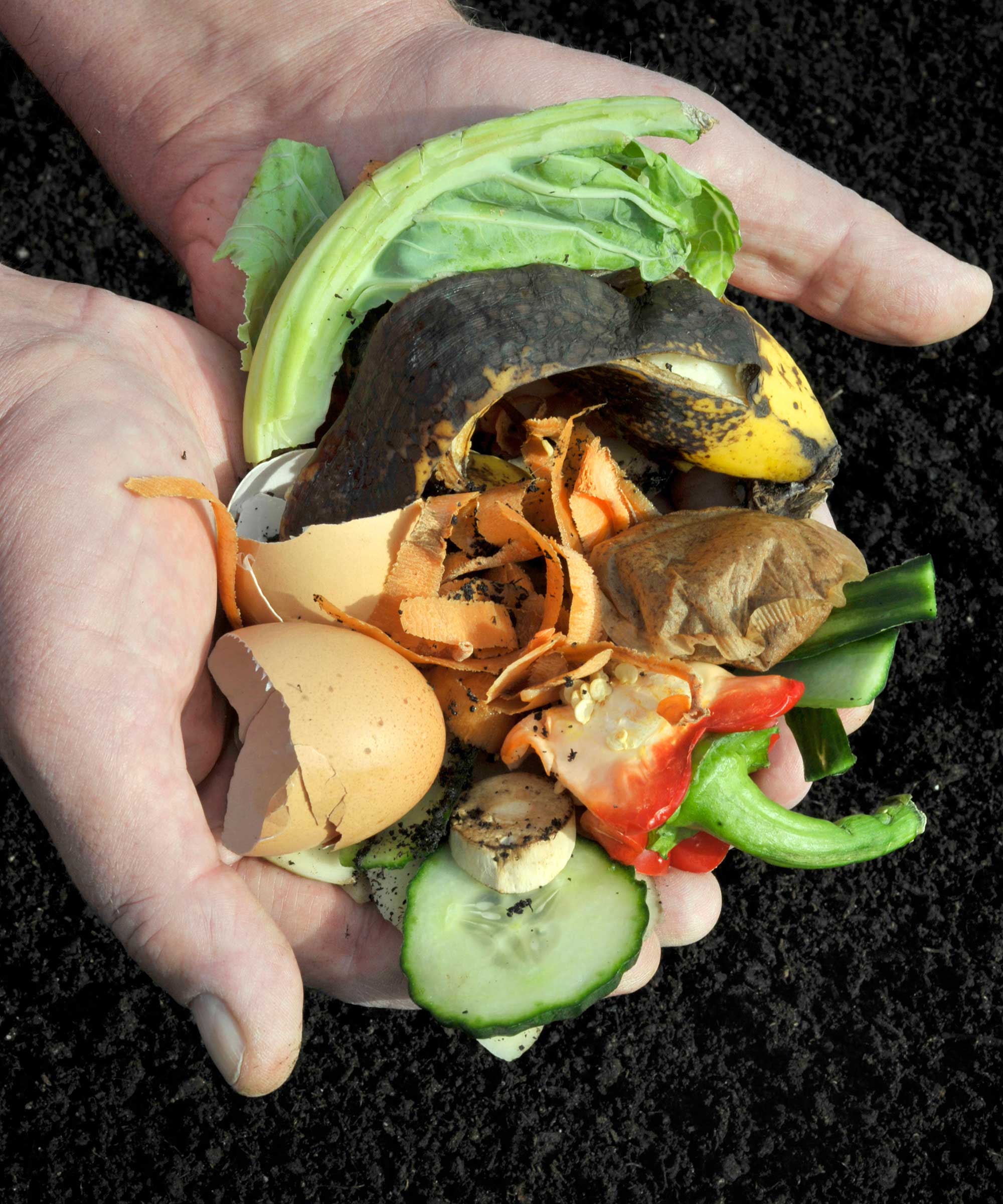
During winter, it's essential that you maintain a good balance between nitrogen-rich green materials and carbon-rich brown materials in your compost. This balance helps to sustain microbial activity, even in lower temperatures.
You can do this by adding kitchen scraps such as vegetable peel and leftovers as your greens substances, and fallen leaves or straw as your brown substances. According to Charlotte Ekker Wiggins, a Master Gardener Emeritus who is based in mid-Missouri, composting material over winter will decompose slower so it helps to cut up kitchen scraps into smaller pieces.
Starting your compost pile with a substantial layer of brown material at the bottom aids moisture absorption and aeration, preventing the pile from becoming soggy. This is especially important in colder months when composting slows down.
Design expertise in your inbox – from inspiring decorating ideas and beautiful celebrity homes to practical gardening advice and shopping round-ups.
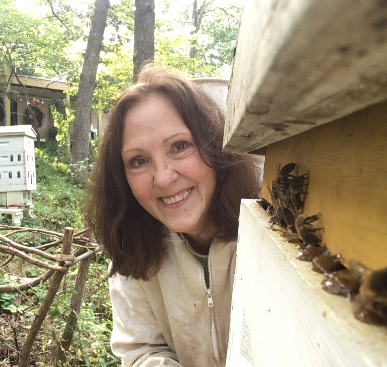
Charlotte Ekker Wiggins is a Master Gardener Emeritus who is based in mid-Missouri. She is also a beekeeper, author, gardener and founder of Bluebird Gardens.
Insulation is key
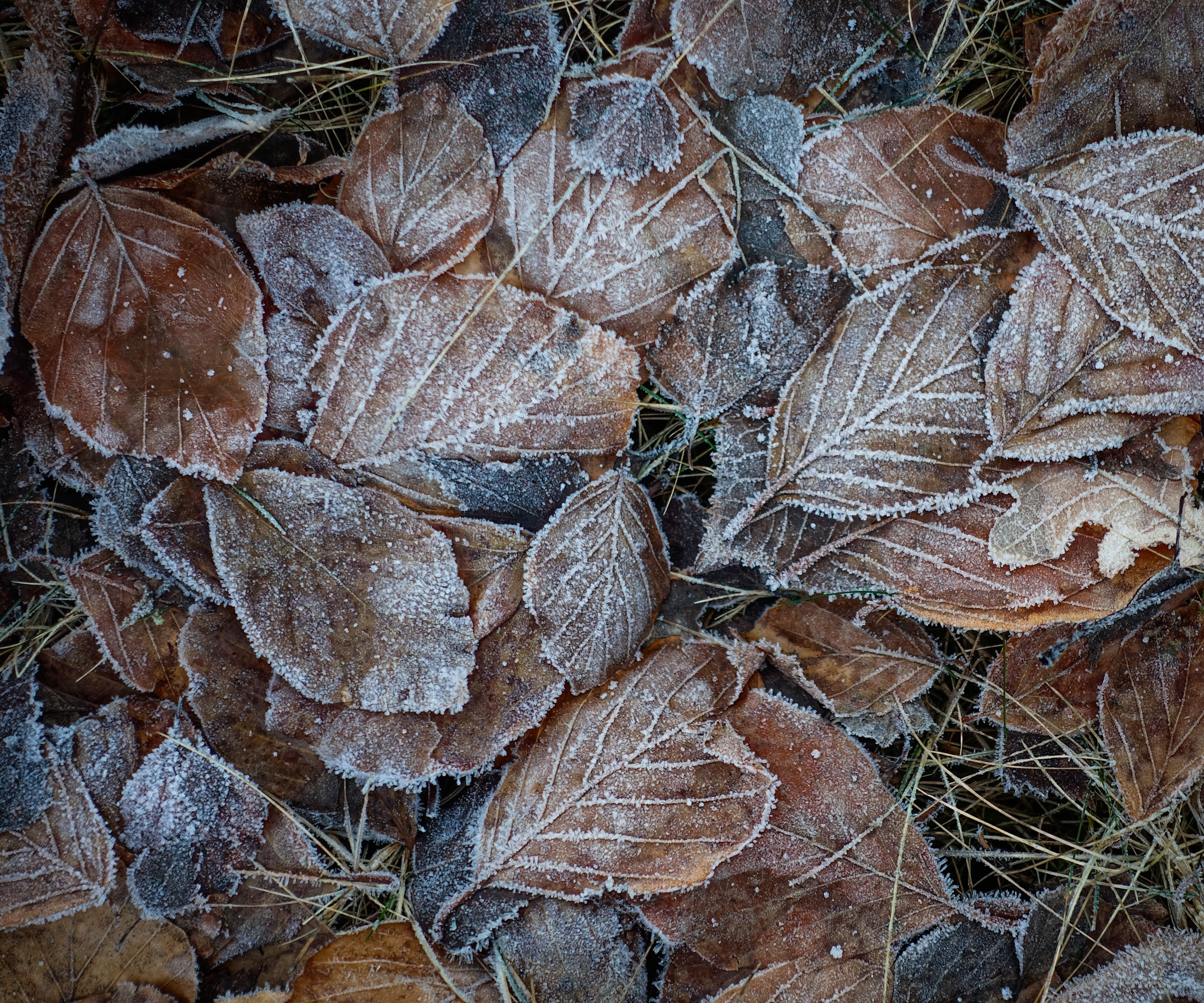
Another important way to maintain your compost over winter is to insulate it correctly. You can use straw bales, old carpets, or even a thick layer of leaves around and over the compost bin.
By insulating your compost bin you will help retain the heat generated by microbial activity needed for the decomposition process, even during the colder months.
If you are able to, position your composters where they get maximum sun. Any additional sunlight will help keep the compost bin warm. There are now compost bins already with efficient thermal insulation including the EJWOX Insulated Compost Bin from Amazon.
Keep turning your compost
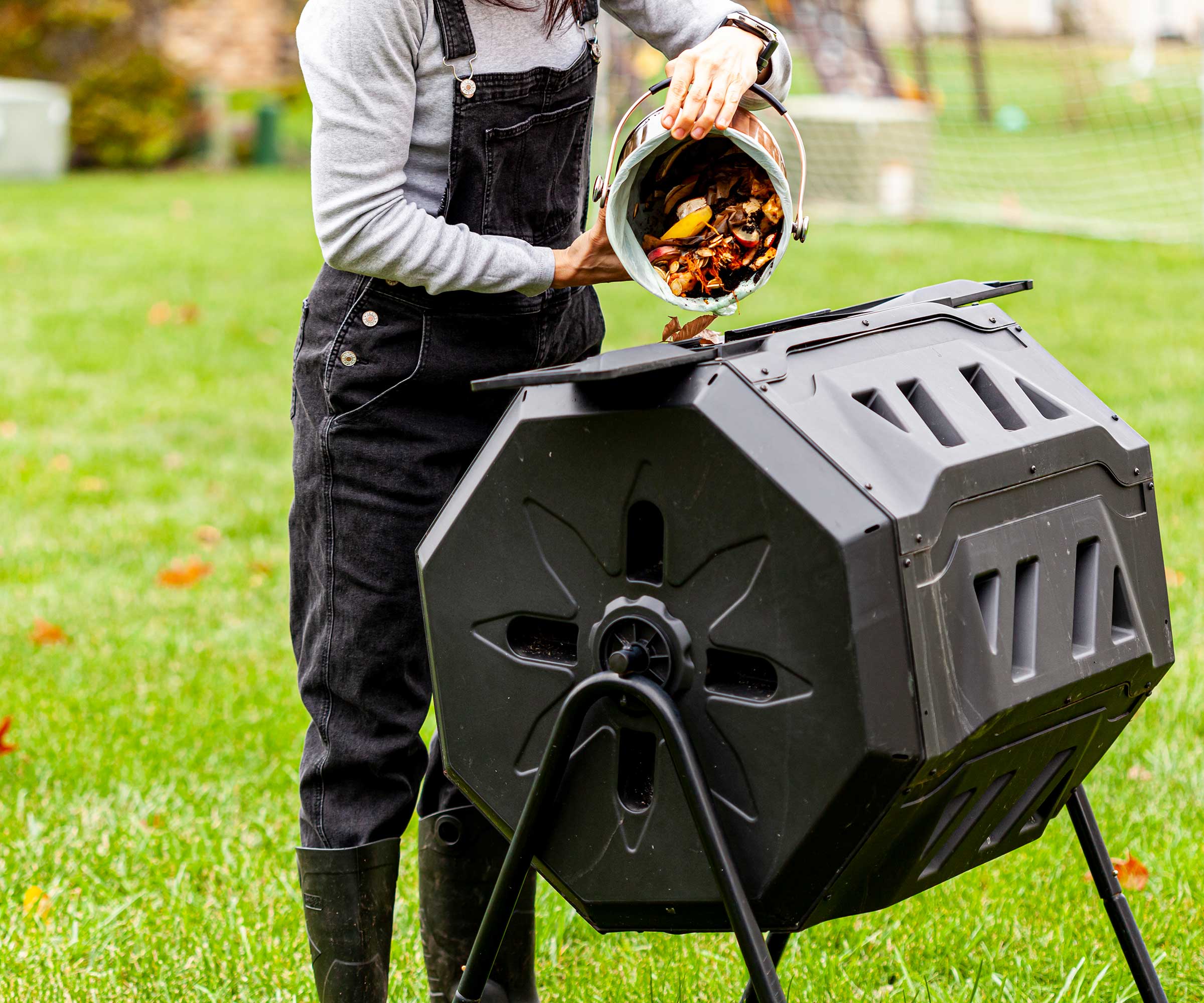
‘While you'll want to turn your compost less frequently in winter to retain heat, it's still important to do so occasionally,’ says Aaron Green, founder of Essential Home and Garden. ‘This will prevent your compost from becoming anaerobic and will help distribute the heat throughout the pile.’ This is an essential thing to do to stop your compost smelling bad.
Regular turning will help to aerate the compost, with this aerator available from Amazon, as it will encourage faster decomposition. During winter, try to reduce the frequency to prevent heat loss, but do it enough to maintain oxygen levels.

Essential Home and Garden is a content website dedicated to providing articles, guides, how-tos, and reviews for gardeners, and lawn care enthusiasts.
Size matters
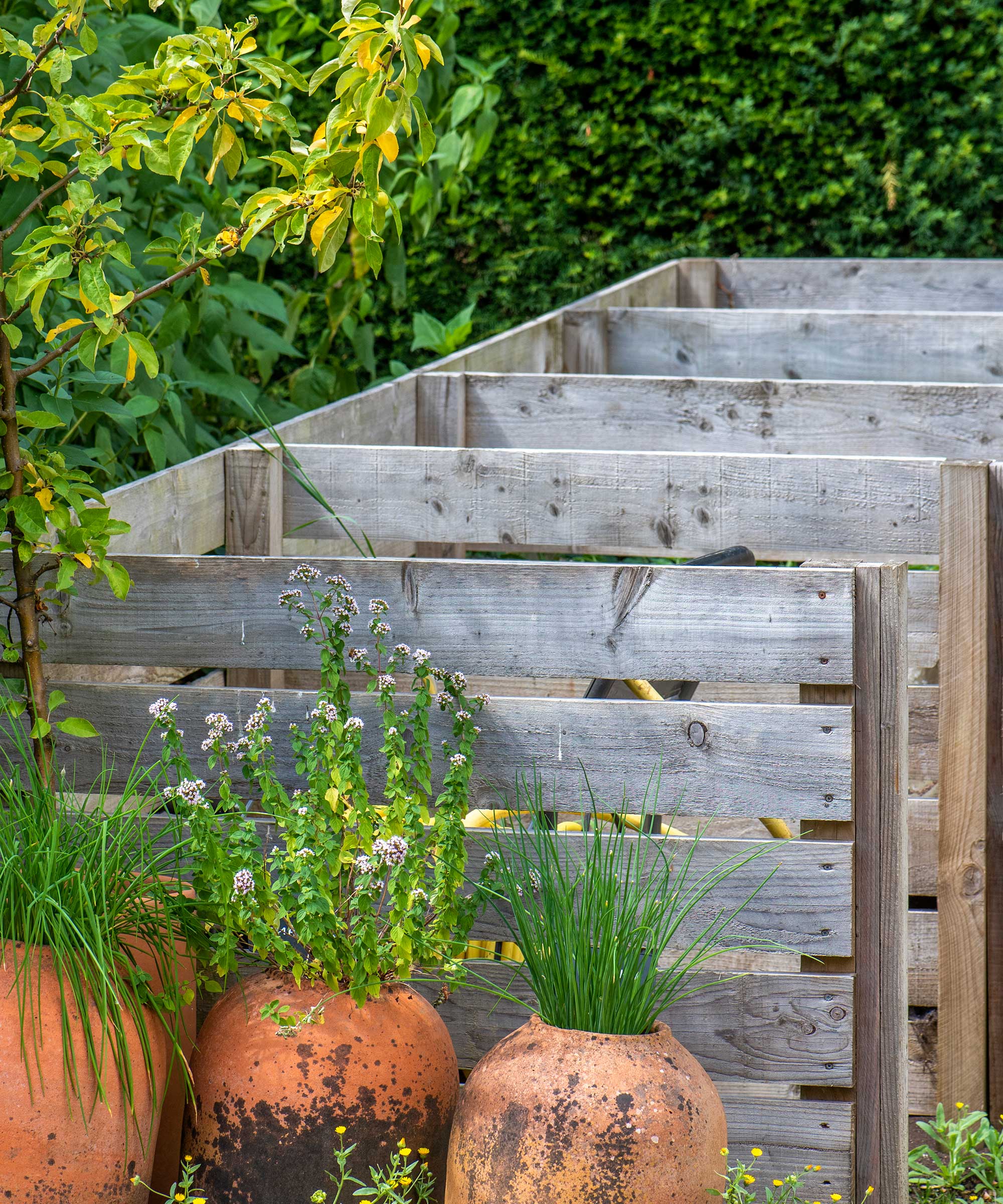
A small compost pile will have a tough time retaining heat, whereas a larger pile retains heat better. Gardening expert Tony O’Neill suggests you should aim for a compost pile that is at least three feet tall and wide, as this will fare best over winter.
This size helps to ensure the pile's core stays warm and active, as it will be large enough to retain heat but small enough to still receive insulated protection.
Regularly top up with a 70/30 mix of brown and green waste. You can use layers of leaves, straw or cardboard to keep warmth in the pile.

Tony is an expert gardener who has spent the past 40 years gardening and, for the past 15 years, teaching others with a thriving YouTube channel that has 370,000 subscribers. He is also the author of three gardening books: Composting Masterclass, Your First Vegetable Garden (both at Amazon), and Gardening with a Side of Science.
Monitor moisture levels

Keep the pile moist but not soggy to stop compost freezing. When spring arrives, the pile may be very wet, especially if it has frozen over the winter. This is caused by the lack of evaporation and can lead to excess moisture.
Ensure proper drainage and cover your compost if heavy rains are expected. If your compost becomes overly wet, mix in dry materials like straw or shredded newspaper to absorb the water and restore the balance.
In areas with heavy winter precipitation, cover your compost pile with a tarp or a compost bin lid. This prevents it from getting too soggy, which can slow down the composting process and lead to unpleasant odors.
FAQs
Why is my compost not heating up in the winter?
The reason why your compost pile may not be heating up during winter may be that the pile is either too wet, too dry or there is not enough nitrogen present. If it's too wet, spread the compost out to dry for a couple of days, if it's too dry then add some moisture to give it a spongy texture.
Winter is not a time to neglect your compost. By implementing these simple tips, you can keep your compost pile healthy and active, ensuring a nutrient-rich start for your spring gardening endeavors. You can learn more about how to boost soil nutrients in our in-depth guide.

Seraphina is a contributing editor at Homes & Gardens, writing Solved features on organizing and storage. She loves to decorate and also grow her own produce from her home in London. Her previous experience includes working at Women's Health and Fabulous Magazine.